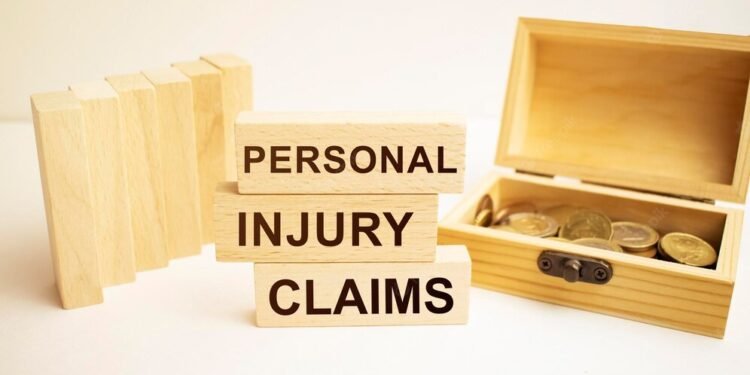Negligence, in its simplest form, just means fault. Every individual has a legal liability not to cause any accidents and/or do things that will harm another. This is what’s known as the duty of care. A duty of care might be linked to a specific job, like that of a store owner or a physician, or it can sometimes be linked to day-to-day tasks like driving a car or walking a dog.
If you want to know more about how you can tackle negligence in a personal injury case and get the compensation you deserve, then you may want to look into the services of a personal injury lawyer. For one, these lawyers definitely understand that negligence is way different from recklessness.
In fact, someone can be reckless, injure you in an accident, and not be liable for paying the injured party any compensation. Recklessness is defined as acting in an unlawful or unsafe way that disregards both property and human life. Recklessness concentrates on behavior. The individual being reckless knows that how they’re behaving may lead to an accident, but they just don’t care.
With that said, in negligence cases, the claimant is the one who’s damaged or injured, and the negligent person is the defendant. If the claimant wants to prove negligence, they’ll typically need to prove all the points below.
Duty of Care
The defendant has a duty of care to the plaintiff. You need to do a few certain things before you can establish a duty of care. For starters, the law needs to recognize that there’s actually a relationship between the plaintiff and the defendant, and because of this, one party is responsible for exercising some level of care.
Breach of Duty
The main question here is: did the defendant not do something that would have prevented the accident? To be a bit more specific, something another average person would’ve done if they were in the same position. If the defendant didn’t take the courses of action that another regular person would’ve taken to make sure the accident didn’t happen, then this might just be seen as a breach of duty of care. Everyone takes some responsibility when they do things such as invite visitors into their homes and operate vehicles.
Causation
Did the breach of duty of the defendant cause the claimant’s injuries? The injured claimant must prove that their losses and injuries were a result of the defendant’s breach of duty, and there are a number of ways you can show this cause.
For one, cause in fact. This is where the injuries of the claimant are mainly because of the actions of the defendant. If the defendant didn’t do what they were required to do, then the claimant wouldn’t have been harmed or sustained any injuries. It helps to ask the question: if the actions of the defendant had never happened, would the claimant still have been damaged, hurt, or injured?
Proximate cause, on the other hand, points to events linked to the losses and injuries that a jury or judge feels may have been responsible for the claimant’s injuries. In other words, could there have been something that happened that set off a series of events leading to the claimant’s injuries? This applies to any misdeeds or actions that resulted in foreseeable consequences without someone else intervening.

Damages
Damages are another element that helps establish compensation to provide relief for a claimant who’s experienced damages and injuries. Although it might sound insensitive, there are not many other ways you can properly compensate someone for their injuries besides using financial means.












